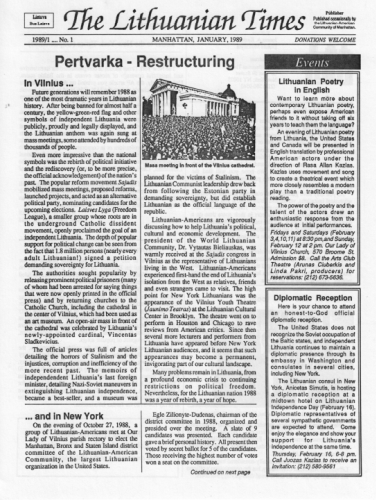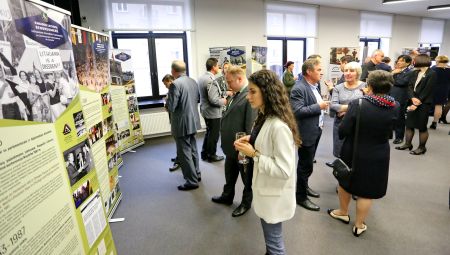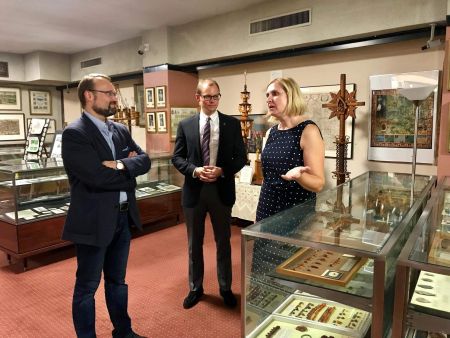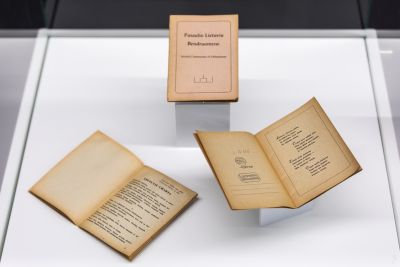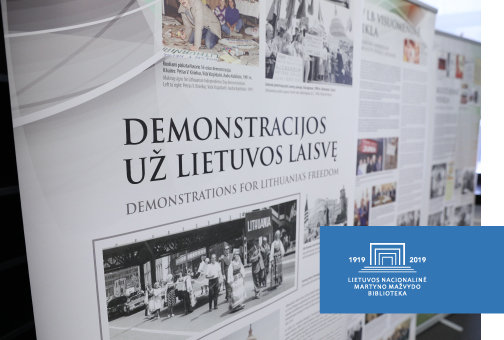The article was originally published in premier issue of “Lithuanian Heritage Magazine” (2014, vol. 1, no. 1, p. 2), as an editorial signed by the publishers and editors.
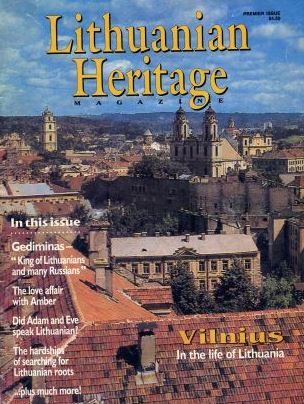
1994 marks the 120th anniversary of Lithuanian press in America. In 1874 a one-page leaflet by an anonymous author, written in the Lithuanian language, was printed in Shenandoah, Pennsylvania.
From that humble beginning, newspapers and magazines of every type, size and ideological context began to be published. They would serve the needs of the hundreds of thousands of Lithuanian immigrants arriving to the shores of the New World.
The purpose of those publications was threefold: First, to keep the newcomers up-to-date on conditions and events occurring in Lithuania – particularly in the ancestral homes and farms they left behind; second, to preserve and perpetuate the language, customs and traditions of those who had already settled in America and had begun to assimilate into its fastpaced environment; and third, – since Lithuania was under Russian czarist oppression at the time – to awaken the immigrants’ patriotic spirit and to nurture the idea of a future free and independent Lithuania.
Continue reading “Getting Ready for the Exhibition “Lithuanian Diaspora Media after the 1990s”: Lithuanian Heritage Magazine”